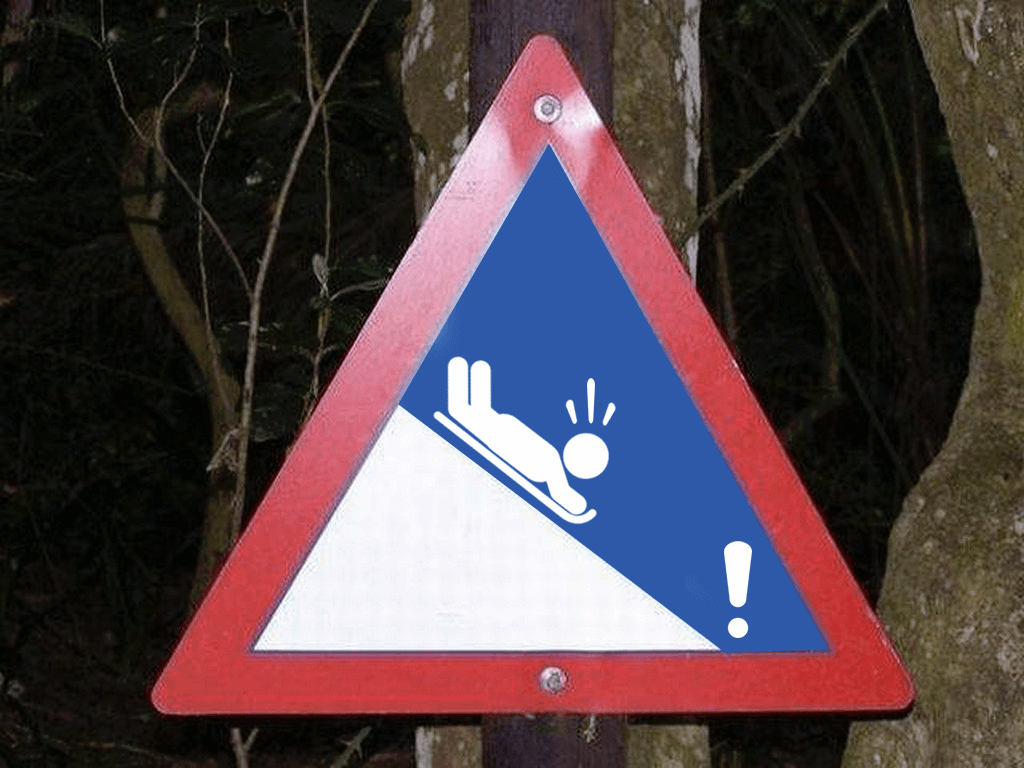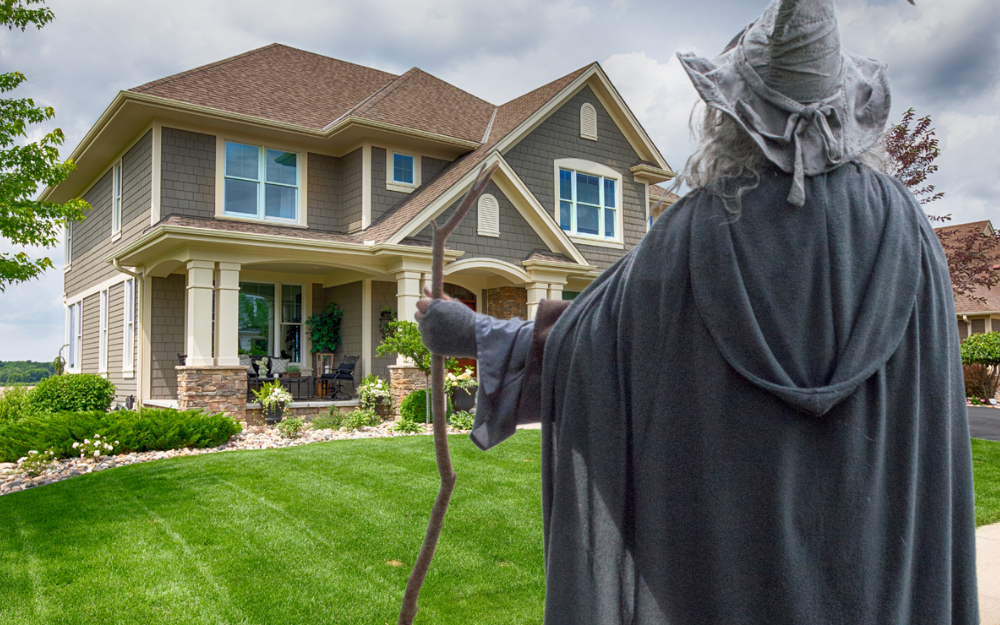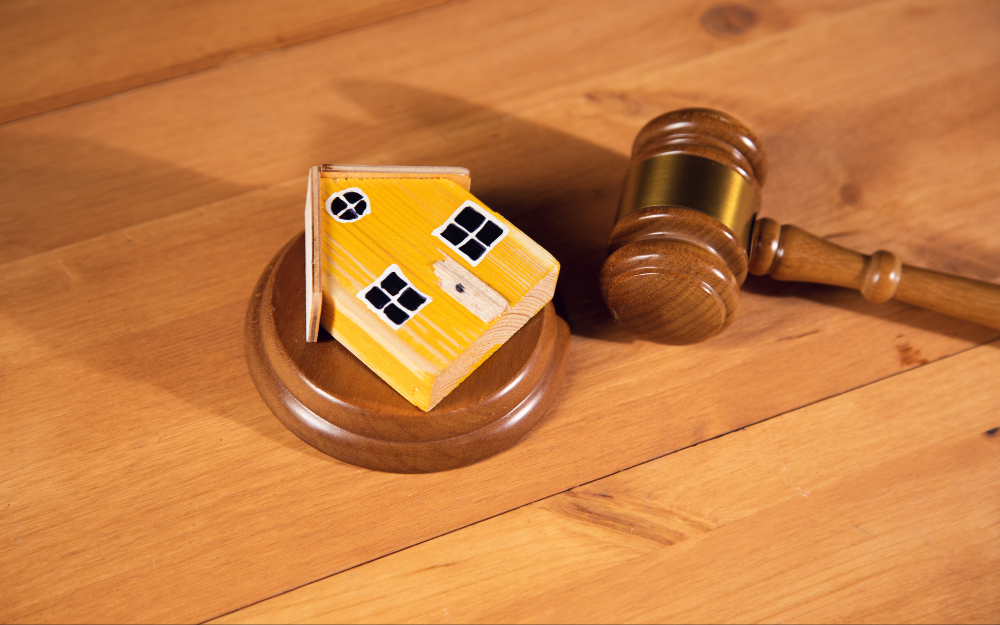With the panoply of reports and articles that have appeared on the subject, there's no…

Avoid problems related to an inadequate ground slope
Did you know that the slope of the land around the building has an important function of drainage of runoff water? Therefore, a poor drainage of a sloped lot due to a bad slope directing water towards the foundation can promote excess humidity in the basement or even cause water infiltration.
To avoid this situation, the entire lot should have a slope of at least 2 percent, i.e., a two-centimeter slope over a one-meter length, preferably with topsoil that is not sandy in the direction opposite the foundation.
Do you have any doubts about the drainage of your sloped land?
Call our telephonic technical consultation service and discuss
with our experts for a fraction of the price of a field visit!
Also, to improve drainage on a sloping site, it is a good idea to provide a steeper slope near the building, i.e. 10 percent for a distance of about 6 feet from the foundation. Also, do not allow the soil elevation near the foundation to bring the finished ground surface within 200 mm 7, or eight inches, of the top of the foundation wall. Why not? The foundation wall has the anchor beam, rim joists and floor joists resting on it. If the exterior floor is too close to the top of the foundation, moisture from the floor can easily come in contact with the wood that is laid on the foundation.
You want to avoid making costly mistakes when it comes to drainage on a sloping site? Consult our specialized experts before doing any work, receive an on-site consultation or take advantage of our technical consultation service by phone at only 3 dollars a minute. It could be your best $3 investment.


